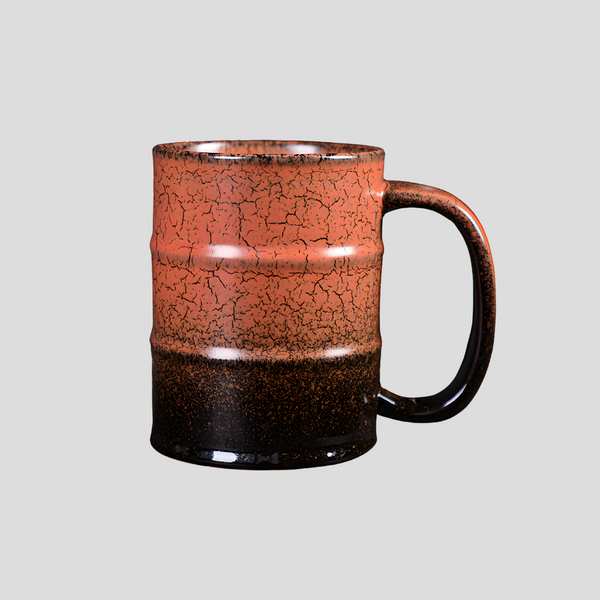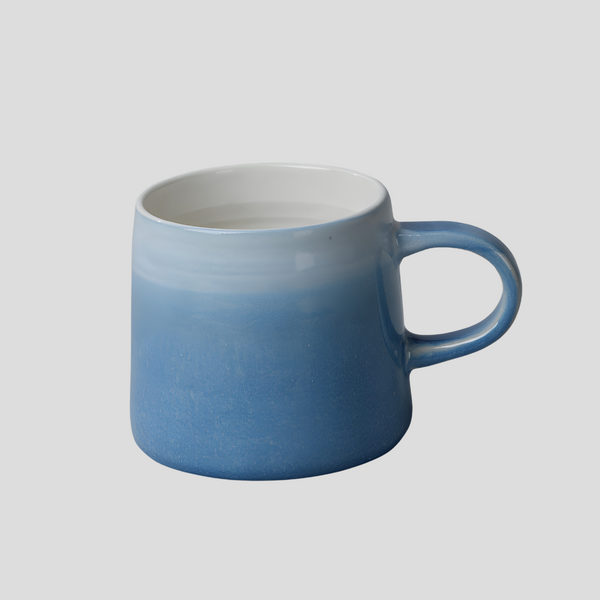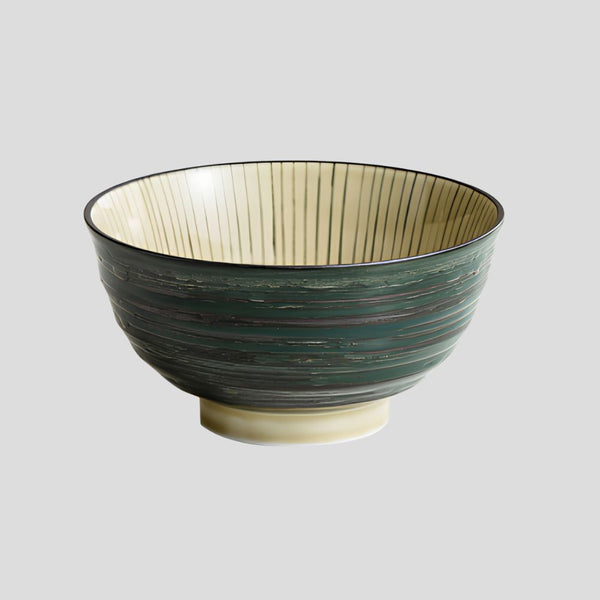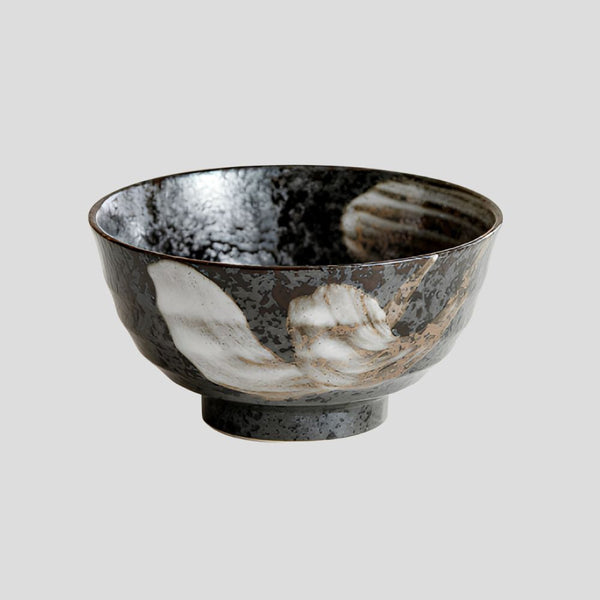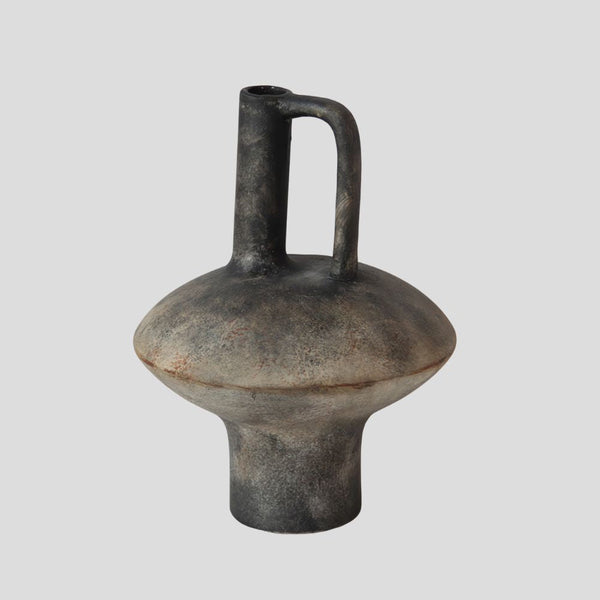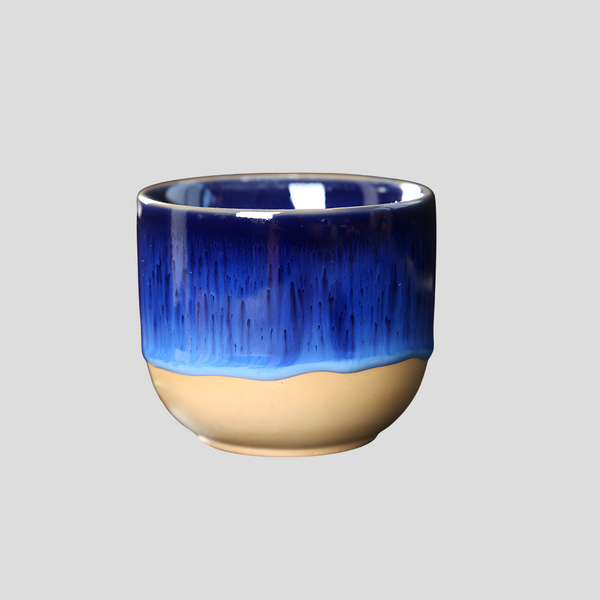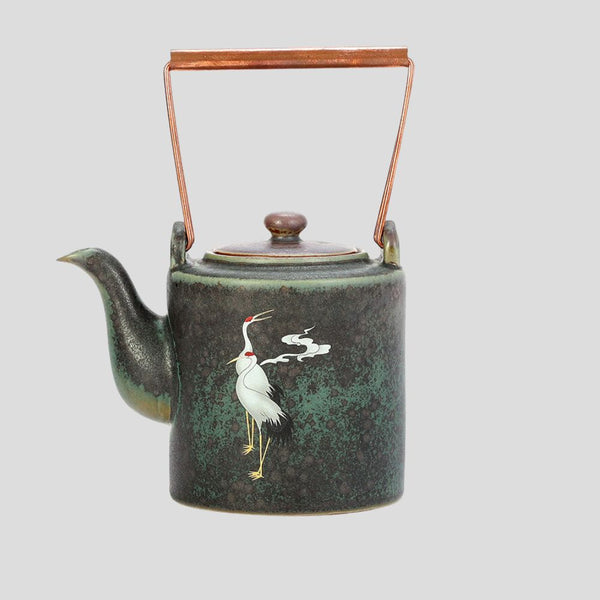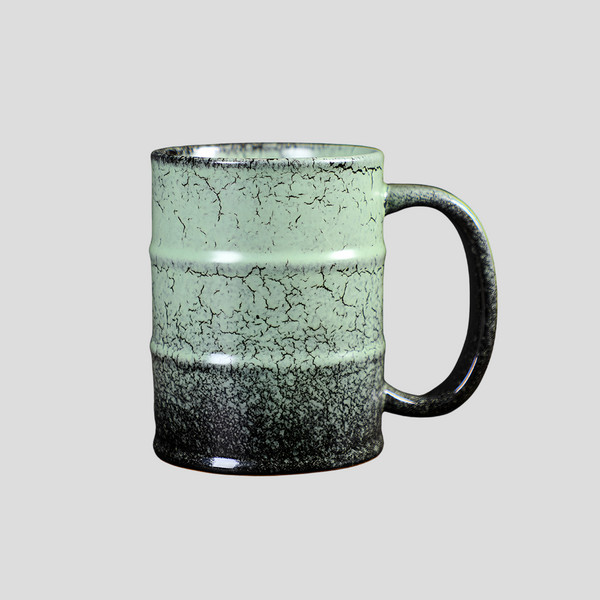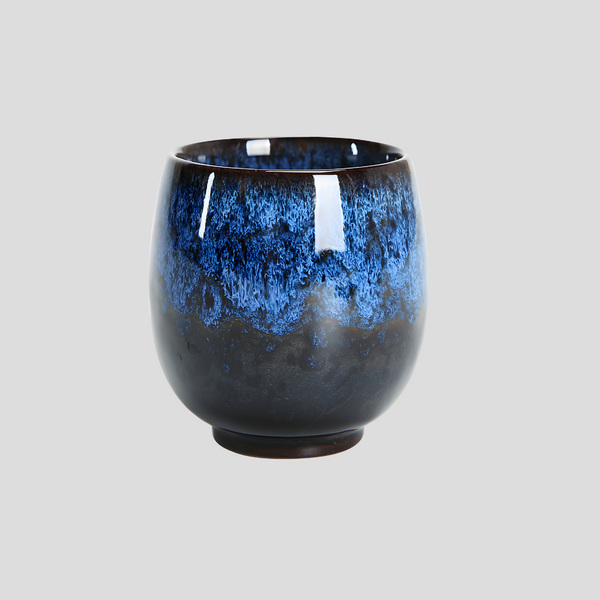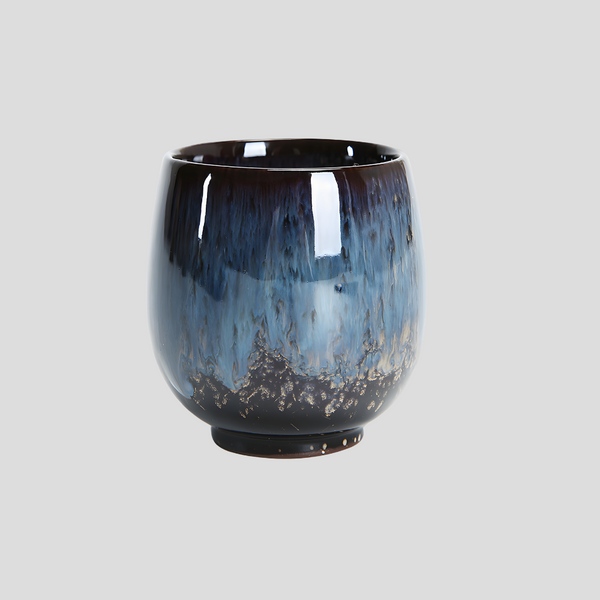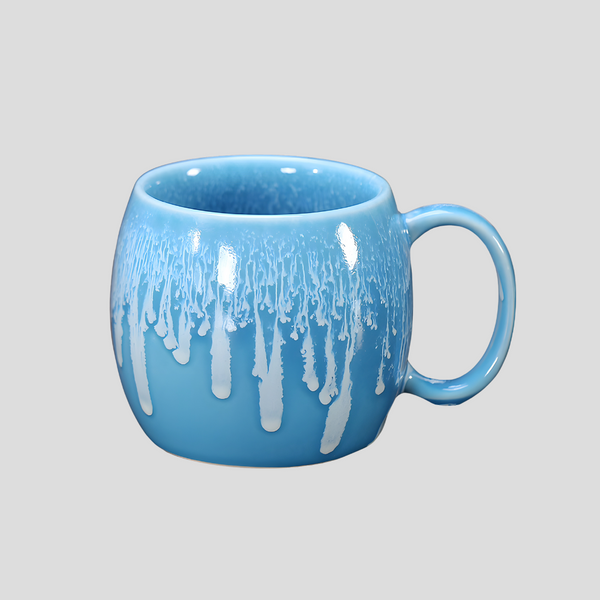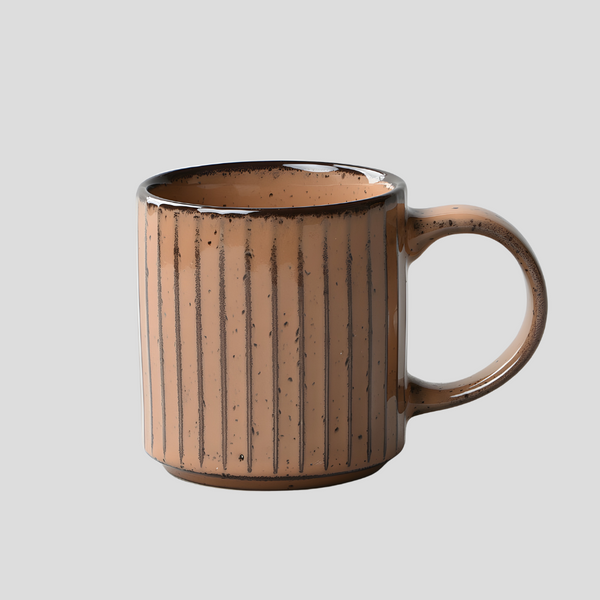
Exploring the Elegance of European Porcelain and Ceramics
Europe's Porcelain and Ceramics: A Journey Through Elegance
European porcelain and ceramics represent a centuries-old tradition that symbolizes the apex of artistry, innovation, and cultural significance. The evolution of these magnificent materials is not just a tale of artistic development but also a reflection of societal changes, technological advancements, and cross-cultural exchanges. As we explore the elegance of European porcelain and ceramics, we embark on a journey that takes us through royal courts, innovative kilns, and the hands of master artisans whose legacy lives on in museums and homes around the world.
The Birth of Porcelain in Europe
The story of European porcelain begins in the early 18th century when the secret of porcelain, initially developed in China, made its way to Europe. This led to the establishment of the Meissen Porcelain Manufactory in Germany in 1710, marking the birth of European porcelain. Meissen’s creations were sought after by European nobility for their quality, beauty, and the status they conferred upon their owners. The iconic Meissen Blue and intricate designs, inspired by Asian motifs and European rococo, set a new standard for porcelain production.
The Influence of Royal Patronage
Royal patronage significantly influenced the development and proliferation of porcelain and ceramics in Europe. The establishment of manufactories such as Sèvres in France and Capodimonte in Italy were often initiated by the monarchy, keen on having their own sources of this prestigious material, which was as valuable as gold. Kings and queens commissioned exclusive pieces for diplomatic gifts and personal collections, initiating a trend that spread across Europe and elevated the status of porcelain and ceramics to unprecedented heights.
Innovation and Artistry
The evolution of European porcelain and ceramics is characterized by constant innovation and artistry. Advances in kiln technology allowed for higher firing temperatures, resulting in stronger, more refined products. Artisans experimented with glazes and decorative techniques, leading to the creation of stunning pieces that featured detailed landscapes, portraits, and elaborate gilding. The introduction of soft-paste porcelain by manufactories such as Chelsea and Derby in England marked significant advancements and contributed to the diverse range of porcelain available in Europe.
Cultural Impact and Legacy
European porcelain and ceramics transcended their roles as mere objects of utility or decoration; they became symbols of cultural exchange and influence. The chinoiserie style, which emerged in the 17th century, is a prime example of how European ceramics absorbed and reinterpreted Asian aesthetics, leading to a fascinating fusion of East and West. Even today, collections of European porcelain and ceramics in museums and private collections continue to fascinate and inspire, serving as a testament to the enduring allure and significance of these creations.
Modern Revival and Contemporary Ceramics
In recent years, there has been a revival of interest in the craftsmanship and historical importance of European porcelain and ceramics. Contemporary artists and designers draw inspiration from historical techniques and styles while incorporating modern sensibilities and technology, pushing the boundaries of what can be achieved with porcelain and ceramic. This modern renaissance ensures that the legacy of European porcelain and ceramics continues to evolve, blending tradition with innovation in exciting and unexpected ways.
In sum, the elegance of European porcelain and ceramics lies not only in their aesthetic beauty but also in their rich history and cultural significance. As we appreciate these items, we also celebrate the countless unnamed artists and innovators who have contributed to this enduring legacy. Their works remind us of the power of human creativity and the timeless appeal of beauty, making European porcelain and ceramics a fascinating study for historians, collectors, and art enthusiasts alike.
Click this link to check out our ceramic artwork!









